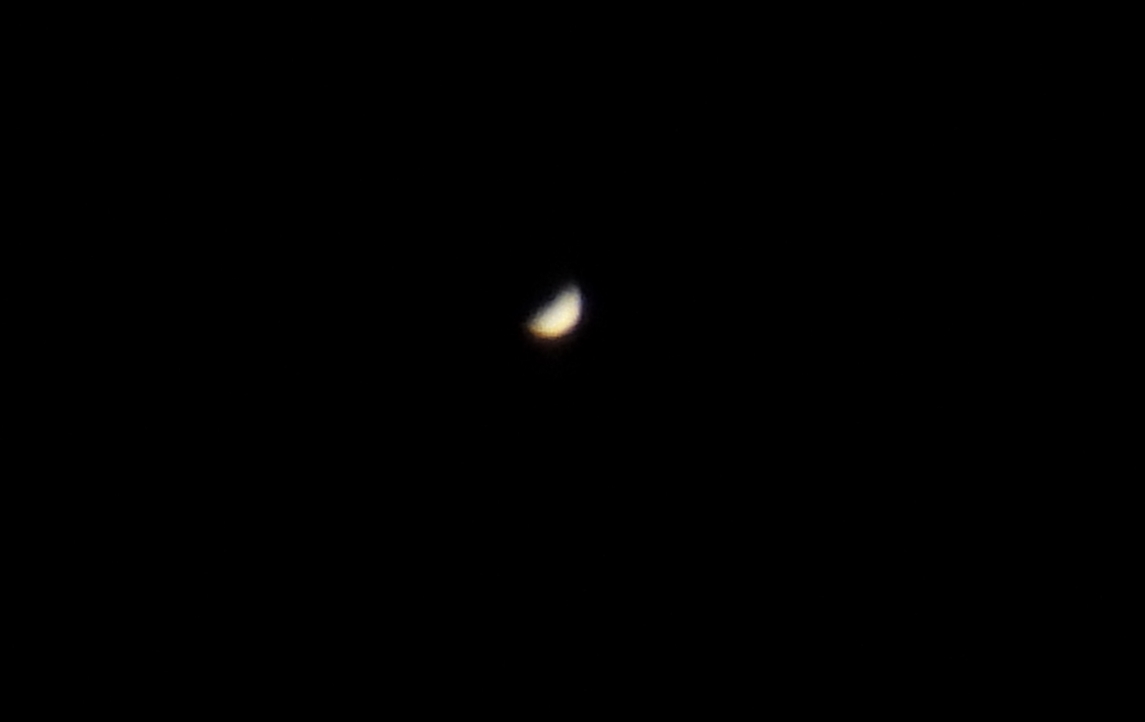
Antoniuk’s Retro-Optical System
A hypothetical technology that would allow us to “see” Earth in its distant past – through reflected light.
Текст українською доступний тут.
Every technology was once a dream, or an idea. One of the ideas that will likely never be realized is the time machine. And yet, even today, when we look at the stars, we are seeing their past. The light that reaches us has traveled for millions of years.
But what if we could see our own past – see Earth as it was many years ago?
I want to share a hypothesis I tentatively call Antoniuk’s Retro-Optical System. It’s an idea based on the physics of light and the possibilities of the distant future.
Disclaimer!
This post does not claim to present a discovery or practical implementation.
It is a hypothetical concept, formulated within the framework of physical laws, but on a scale far beyond today’s capabilities.
It is not a scientific publication, but a personal futurist essay – an invitation to imagine what might one day become possible.
The core idea
Imagine this: long ago, sunlight illuminated Earth. It reflected off the planet’s surface – continents, oceans, clouds – and traveled into space.
Thousands of years later, that light could have reached the surface of another planet, say, one covered in thick white clouds or ice. A portion of that light might have been reflected back – toward our solar system.
If we could gather that returning light – in theory, we could see Earth as it was at that distant moment.
Of course, such a surface isn’t a mirror. Clouds or ice scatter light rather than reflect it cleanly.
But that doesn’t mean all the information is lost.
Diffuse scattering (like that from frosted glass) still preserves the structure of the light stream – especially its spectrum, intensity, and even some geometry.
If the clouds (or ice) are uniform, and our optics sensitive enough, we could detect large-scale contours: oceans, cloud bands, glaciers – not a “picture,” but something like a blurred echo of ancient light.
How could this work?
Light reflects off Earth, preserving information about its state at a specific moment.
It reflects off a cloudy or icy planet, scattering in many directions, including back toward Earth.
A giant optical system gathers this light.
We then analyze it and reconstruct the general features of an “image” of Earth from the past.
Technical justification
Optical interferometry
To detect such a faint signal, we’d need to increase the telescope’s effective aperture to unimaginable sizes.
Today, this is done using interferometry – combining signals from multiple telescopes into a single system:
At the Very Large Telescope Interferometer (VLTI), mirrors and lasers are used to combine light with precision down to billionths of a meter.
In the radio range, similar systems (VLBI) have been in use for decades.
Phase stabilization is the key to making it work.
In optical interferometry, the hardest part is maintaining the phase of the light wave, so that wavefronts from different telescopes align.
Future systems would likely rely on:
- Laser-based phase synchronization between spaceborne receivers;
- Nanometer-scale positional stability and trajectory control;
- Precise calculations accounting for light travel time, redshift, and more.
Phase stabilization is what would allow us to collect photons that have traveled through interstellar space and reconstruct a picture – a kind of shadow of the past.
What could we see?
Resolution would be limited, but general visual structures might be recoverable:
- Large contours of continents and oceans;
- Global cloud systems, storms, hurricanes;
- Massive volcanic eruptions, meteor impacts, or dust plumes;
- Climate shifts – the advance or retreat of glaciers;
- Differentiation of Earth’s day and night side (depending on signal intensity).
Is this realistic?
No – not today. But – perhaps someday.
This isn’t a roadmap for 2030 or even 2050.
It’s something on the scale of a Dyson sphere: a vision for when humanity has stellar-scale infrastructure, orbital interferometers, and the ability to manipulate quantum-level photon flows.
This isn’t the first wild idea being discussed by science fiction or futurists.
Science history is full of hypotheses that once seemed outlandish:
- The Dyson Sphere – a theoretical megastructure around a star, now considered in SETI as a possible marker of advanced civilizations.
- Space elevators – once pure fantasy, now studied seriously, though no materials are yet strong enough.
- Light-sail spacecraft – already launched in near-Earth space (and even concepts for interstellar travel exist – e.g., Breakthrough Starshot).
- LISA – a future space-based interferometer spanning millions of kilometers to detect gravitational waves.
Not long ago, even direct observation of exoplanets was a dream – but in 2022, the James Webb Space Telescope made it reality.
Antoniuk’s Retro-Optical System stands in the same lineage:
A mental framework for a future civilization.
I’m not claiming we’ll ever see dinosaurs live.
But I believe physics allows us to imagine such a system.
And I’d like to hope that, one day, our descendants really will build mirrors of time.
Join the discussion: